Home>diy>Building & Construction>What Do Construction Workers Do When It Rains
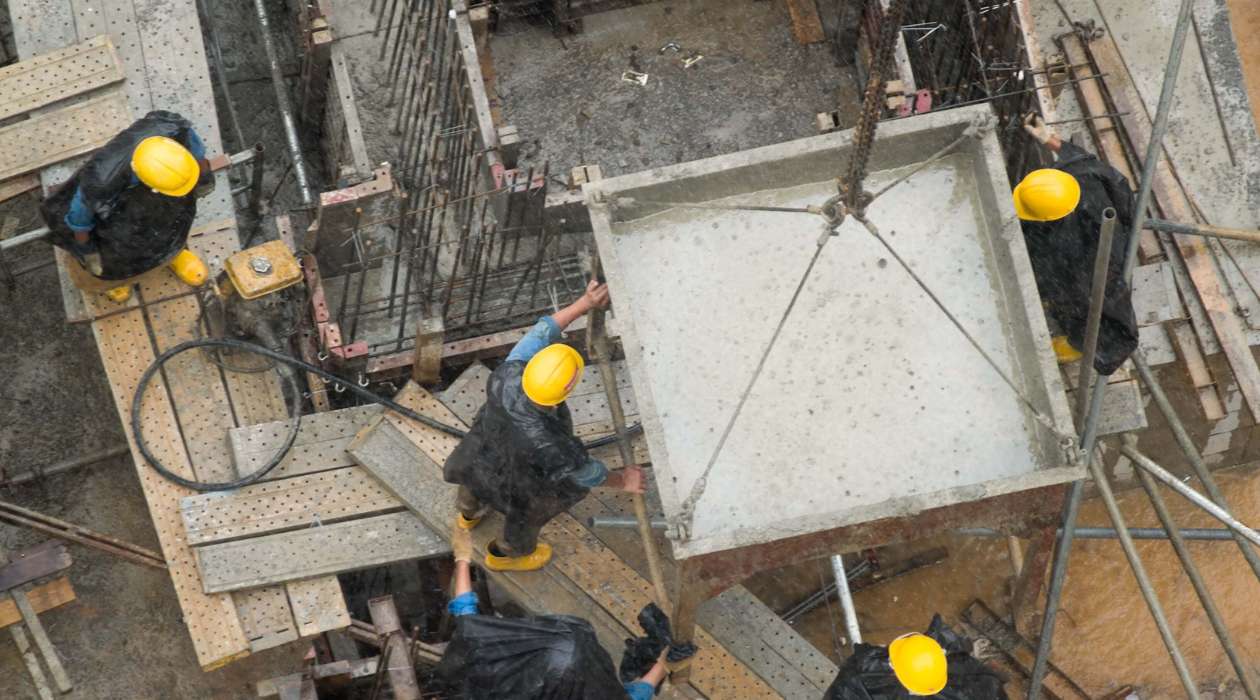

Building & Construction
What Do Construction Workers Do When It Rains
Modified: October 18, 2024
Learn how construction workers handle rainy days on building construction sites. Find out their strategies and precautions in adverse weather conditions.
(Many of the links in this article redirect to a specific reviewed product. Your purchase of these products through affiliate links helps to generate commission for Storables.com, at no extra cost. Learn more)
Introduction
When it comes to construction, it’s not just about sunny days and clear skies. Construction workers face numerous challenges, one of which is dealing with inclement weather. Among the various weather conditions, rain is a common occurrence that can pose significant obstacles in the construction process. Rain can cause delays, affect worker safety, and even impact the quality of the construction project.
In this article, we will explore the importance of rain preparedness in construction and delve into the various aspects that construction workers need to consider when it rains. From temporary shutdowns to safety measures, protective clothing, and equipment, we will cover everything you need to know about how construction workers deal with rainy days.
Let’s dive in and discover what construction workers do when the rain starts to pour!
Key Takeaways:
- Rain preparedness is crucial in construction to minimize delays, ensure worker safety, protect materials, and maintain project profitability. Temporary shutdowns, safety measures, and proper communication are essential for navigating through rainy days.
- Effective strategies such as reallocation of tasks, protective clothing, and equipment, and monitoring weather conditions enable construction companies to overcome rain-related challenges and keep projects moving forward while prioritizing worker well-being.
Read more: What Do Construction Workers Wear
Importance of Rain Preparedness in Construction
When it comes to construction projects, rain can be a significant hindrance. It can not only cause delays in the construction timeline but also impact the safety of the workers and the quality of the work being done. That is why rain preparedness is crucial in the construction industry.
One of the key reasons why rain preparedness is important is to minimize project delays. Construction projects often operate on tight schedules, and any delays can have a domino effect on subsequent activities. Rain can make the construction site muddy and slippery, making it unsafe and difficult for workers to perform their tasks. By being prepared and having a plan in place for rainy days, construction companies can minimize the impact on project timelines.
Another important aspect of rain preparedness is ensuring the safety of construction workers. Working in wet and slippery conditions can increase the risk of accidents and injuries. Construction companies need to have proper safety measures and protocols in place to protect their workers during rain. This may include providing appropriate safety gear, such as non-slip boots and high-visibility rain jackets, and implementing guidelines for working in adverse weather conditions.
Rain can also have a significant impact on the quality of the construction work. Excessive moisture can damage building materials, leading to potential structural issues and defects. By taking proactive measures to protect construction materials from rain, such as covering them with waterproof tarps or storing them in covered areas, construction companies can ensure that the quality of the work is not compromised.
Furthermore, rain preparedness is essential for the overall success and profitability of a construction project. Delays due to rain can result in additional costs, including extended labor hours and equipment rentals. By being prepared and having alternative tasks or indoor work options planned for rainy days, construction companies can mitigate these financial implications.
In summary, rain preparedness is of utmost importance in the construction industry. It helps minimize project delays, ensures the safety of construction workers, protects the quality of the work, and contributes to overall project success and profitability. By being proactive and having a well-thought-out rain preparedness plan, construction companies can effectively navigate through rainy days and ensure the smooth progress of their projects.
Temporary Shutdown of Construction Activities
When rain starts to fall, construction sites often need to temporarily shut down certain activities to ensure the safety of workers and protect the integrity of the project. Temporary shutdowns are a necessary measure that construction companies take to mitigate risks associated with rain.
One of the primary reasons for temporary shutdowns is to prevent accidents and injuries. Rain can create slippery surfaces, making it hazardous for workers to maneuver heavy machinery or perform tasks that require stability. By halting construction activities during rainfall, companies can minimize the risk of slips, falls, and other accidents that could result in injuries.
Moreover, temporary shutdowns are also necessary to protect the structural integrity of the construction project. Excessive rain can weaken the foundation, saturate the soil, and compromise the stability of the building. Halting construction activities during heavy rain ensures that the site remains undisturbed, allowing for proper drainage and preventing potential damage to the structure.
In addition to safety and structural considerations, temporary shutdowns are also essential for the preservation of construction materials. Rain can cause materials such as wood, drywall, and insulation to absorb moisture, leading to warping, mold growth, and reduced durability. By temporarily pausing construction activities, companies can cover or store materials in dry, protected areas, minimizing the risk of damage and ensuring the quality of the materials for future use.
However, it’s important to note that not all construction activities need to be halted during rain. Some tasks can continue or be adapted to accommodate the weather conditions. For example, indoor tasks such as electrical wiring, plumbing, or interior finishing can be carried out during rain, as they are not directly exposed to the elements.
Ultimately, the decision to temporarily shut down construction activities during rain depends on several factors, including the intensity and duration of the rainfall, the stage of the project, and the safety measures in place. Construction companies must carefully assess the risks and make informed decisions to ensure the well-being of their workers and the success of the project.
In the next section, we will explore the safety measures that construction workers need to take when working in rainy conditions to minimize risks and maintain productivity.
Safety Measures for Construction Workers During Rain
Construction workers face unique challenges when working in rainy conditions. Rain can create slippery surfaces, reduced visibility, and increased risks of accidents and injuries. It is crucial for construction companies to implement safety measures to ensure the well-being of their workers during rainy days.
Here are some important safety measures for construction workers to consider when working in the rain:
- Wearing proper personal protective equipment (PPE): Construction workers should wear appropriate PPE designed for rainy conditions. This may include non-slip boots with good traction, waterproof gloves, high-visibility rain jackets, and hard hats with a chin strap to prevent them from falling off in windy conditions. PPE should be regularly inspected and replaced if damaged.
- Using proper footing: Slippery surfaces can be a major hazard during rain. Construction workers should be cautious and use proper footing techniques, such as taking shorter steps and walking with their weight on the balls of their feet. It is also important to avoid sudden movements that could cause slips or falls.
- Maintaining clear visibility: Rain can reduce visibility, making it difficult for workers to see potential hazards. construction companies should ensure that there is adequate lighting in work areas or use reflective materials to enhance visibility. It is also crucial to remove any debris or obstructions that could obstruct visibility.
- Securing equipment and materials: Heavy rain and wind can pose a risk of equipment damage or flying debris. Construction companies should secure equipment, tools, and loose materials to prevent them from becoming hazards. Equipment should be properly maintained, and temporary structures should be reinforced to withstand adverse weather conditions.
- Regular safety inspections: Regular safety inspections should be conducted to identify and rectify any potential hazards. This includes checking scaffolding for stability, inspecting ladders for damage, and examining electrical equipment for water infiltration. Any issues should be promptly addressed to minimize risks.
Furthermore, effective communication and coordination among construction workers are vital during rain. Workers should be aware of the weather forecast and be prepared for potential disruptions. Supervisors should regularly communicate updates and safety instructions to ensure everyone is on the same page.
It’s also important for construction workers to take care of their well-being during rainy days. They should take regular breaks to rest and warm up in dry areas, stay hydrated, and be mindful of any signs of fatigue or hypothermia. Gaining knowledge of first aid procedures can also be beneficial in case of emergencies.
Implementing these safety measures and fostering a culture of safety can help construction companies protect their workers during rainy conditions. By prioritizing worker safety, construction projects can move forward with minimized risks, ensuring the well-being of everyone involved.
In the next section, we will explore the protective clothing and equipment that construction workers should utilize to stay safe in the rain.
Protective Clothing and Equipment for Rain
When it comes to working in the rain, construction workers must have the appropriate protective clothing and equipment to stay safe and comfortable. Rain can pose various hazards, including slip and fall risks, exposure to cold temperatures, and reduced visibility. Here are some essential items that construction workers should utilize when working in rainy conditions:
- Waterproof Clothing: Wearing waterproof clothing is essential to protect construction workers from getting wet and cold. This includes waterproof rain jackets with sealed seams to prevent water from seeping through, as well as rain pants or overalls. It is important to choose clothing that is breathable to prevent overheating and perspiration buildup.
- Non-Slip Boots: Construction workers must wear non-slip boots with good traction to ensure stability on wet and slippery surfaces. These boots should have deep rubber soles that provide a firm grip, reducing the risk of slips and falls. It is advisable to choose boots that are also puncture-resistant and have adequate ankle support.
- Waterproof Gloves: Waterproof gloves are essential to protect the hands from prolonged exposure to moisture. They should be made of moisture-resistant materials such as neoprene or rubber and have a textured grip to maintain dexterity and prevent tools from slipping out of their hands.
- Protective Eyewear: Rain can affect visibility, and construction workers need to protect their eyes from water particles or debris. Safety glasses or goggles with anti-fog properties should be worn to ensure clear vision and minimize the risk of eye injuries.
- Head Protection: Hard hats are required on construction sites to protect against falling objects or head injuries. During rain, it is crucial to ensure that hard hats have a fitted rain cover attached to keep water from dripping into the worker’s face and maintain clear visibility.
- High-Visibility Clothing: In rainy conditions, visibility can be reduced, making it crucial for construction workers to wear high-visibility clothing. This ensures that they are easily seen by others on the job site, especially when working in areas with heavy machinery or vehicular traffic.
- Tool covers and tarps: Construction tools and equipment should be protected from rain to prevent damage and maintain functionality. Using tool covers and tarps to shield equipment from water exposure is essential. It is also important to regularly clean and dry tools to prevent rust and the degradation of materials.
Proper maintenance of protective clothing and equipment is essential to ensure their effectiveness. Construction workers should regularly inspect their gear for any signs of wear and tear and replace damaged items promptly. Taking care of protective equipment ensures that workers can perform their tasks safely and comfortably, even in challenging weather conditions.
By providing construction workers with the appropriate protective clothing and equipment, construction companies can minimize the risks associated with working in the rain. The combination of waterproof clothing, non-slip boots, gloves, eyewear, head protection, and high-visibility clothing creates a safe and comfortable working environment, allowing construction projects to continue smoothly even during inclement weather.
Next, let’s explore how construction companies handle the maintenance and protection of construction materials during rainy days.
Construction workers can use tarps or temporary shelters to protect materials and equipment from rain. They can also focus on indoor tasks like planning, organizing, and equipment maintenance.
Read more: What Math Do Construction Workers Use
Maintenance and Protection of Construction Materials
When it rains, construction materials are at risk of being damaged or compromised. Moisture can weaken materials, leading to structural issues, mold growth, and reduced durability. Proper maintenance and protection of construction materials are essential to ensure the quality and longevity of the project. Here are some key considerations:
- Covering materials: Construction companies should cover materials that are susceptible to water damage, such as lumber, drywall, and insulation. Waterproof tarps or plastic sheets can be used to protect these materials from direct exposure to rain. It is important to securely fasten the covers to prevent them from blowing off in strong winds.
- Storing materials in a dry area: If possible, construction materials should be stored in a dry and covered area, such as a warehouse or storage container. This provides an added layer of protection against rain and moisture. Storing materials off the ground on pallets or racks can further prevent moisture absorption.
- Proper drainage: Construction sites should have effective drainage systems in place to divert rainwater away from storage areas and construction materials. This helps prevent pooling of water, which can seep into the materials and cause damage. Regular inspection and maintenance of drainage systems are crucial to ensure their functionality.
- Timely drying: If construction materials do get wet, it is important to promptly dry them to prevent further moisture absorption. Using dehumidifiers or fans can aid in the drying process. It is recommended to check moisture levels using moisture meters before using the materials in construction to prevent potential issues.
- Scheduled inspections: Regular inspections of stored materials are necessary to identify any signs of damage or deterioration. Inspections should include checking for mold growth, warping, rot, or discoloration. Damaged materials should be removed and replaced to maintain the quality and integrity of the construction project.
- Proper handling and transportation: During rainy weather, extra care should be taken when handling and transporting construction materials. The use of appropriate lifting equipment, ensuring secure transportation, and avoiding contact with water are essential to prevent damage and maintain the quality of the materials.
By implementing these measures, construction companies can minimize the risk of water damage to construction materials, ensuring that they remain in good condition for use in the project. This not only improves the overall quality of the construction but also helps avoid additional costs and delays associated with replacing damaged materials.
Next, we will explore how construction companies adapt and reallocate tasks during rainy days to maintain productivity and keep the project moving forward.
Reallocating Tasks During Rainy Days
When rain disrupts construction activities, it becomes necessary to adapt and reallocate tasks to ensure productivity and maintain progress on the project. While some tasks may need to be temporarily halted, there are often alternative tasks that can be performed indoors or in areas protected from the rain. Here are some strategies for reallocating tasks during rainy days:
- Indoor tasks: Identify tasks that can be carried out indoors, such as interior finishing, electrical work, plumbing installations, or equipment maintenance. These tasks can continue during rainy days without being significantly affected by the weather. It is important to have a contingency plan in place and ensure that workers are trained and equipped to perform these tasks safely.
- Planning and coordination: Construction companies should have a well-prepared contingency plan that outlines alternative tasks to be performed during rain. This plan should consider the skillsets of the workers, available materials, and the stage of the project. Effective communication and coordination among team members are crucial to ensure a smooth transition of tasks and maximize productivity.
- Prioritizing critical tasks: During rainy days, it may be necessary to prioritize critical tasks that are time-sensitive or require specific weather conditions. By focusing on these tasks, construction companies can ensure that the project remains on schedule and minimize the impact of the weather on project timelines.
- Performing site maintenance: Rainy days can provide an opportunity to focus on site maintenance and housekeeping activities. This includes cleaning and organizing work areas, inspecting tools and equipment, performing repairs, and maintaining the site’s infrastructure. Utilizing rainy days for site maintenance helps improve efficiency and creates a safer and more organized work environment.
- Training and professional development: Rainy days can be utilized for training sessions, workshops, or safety meetings. This allows construction workers to enhance their skills, learn new techniques, or discuss safety protocols. Investing time in training and professional development during rainy days can lead to increased productivity and improved quality throughout the project.
By reallocating tasks during rainy days, construction companies can make the most out of the available work time and ensure continuous progress. It is essential to have contingency plans and flexibility built into project schedules to accommodate weather-related disruptions. This adaptability and proactive approach help mitigate the impact of rain on project timelines and maintain productivity.
Next, we will explore the importance of communication and coordination among construction team members during rainy days to ensure efficient workflow and address any challenges that may arise due to the weather.
Communication and Coordination During Rain
Effective communication and coordination among construction team members are vital during rainy days to ensure efficient workflow and address any challenges that may arise due to the weather. Rainy conditions can impact the construction process, and clear communication helps keep everyone informed, safe, and focused on the project. Here are some key considerations for communication and coordination during rain:
- Regular weather updates: Construction companies should stay updated on the weather forecast to anticipate rain and plan accordingly. Having a designated person responsible for monitoring weather conditions and providing regular updates to the team helps everyone stay informed and prepared.
- Emergency communication protocols: Establish clear protocols for emergency communication during rain. This includes designating an individual responsible for implementing emergency plans and communicating any necessary evacuation or safety measures to all team members. Ensuring that everyone is familiar with emergency procedures beforehand is essential to expedite response times and minimize risks.
- Team meetings: Conduct regular team meetings, both before and during rainy days, to discuss the plan for the day, address any concerns, and assign alternative tasks. These meetings provide an opportunity to disseminate information, clarify expectations, and ensure that everyone is on the same page regarding the project’s progress and any adjustments due to the weather.
- Task allocation: During rainy days, coordination is critical in reallocating tasks and ensuring that all team members have a clear understanding of their roles. Assigning tasks based on skill sets, availability of materials, and the stage of the project helps maintain productivity. Effective communication ensures that everyone knows their responsibilities and can work collaboratively to meet project goals.
- Supervisor-employee communication: Supervisors should maintain open lines of communication with their team members and be accessible to address any concerns or questions. Regular check-ins throughout the day allow supervisors to monitor progress, provide guidance, and address any challenges that arise. This two-way communication fosters teamwork and ensures that issues are promptly resolved.
- Documenting changes: It is crucial to document any changes or adjustments made to the original project plan due to rain. This includes recording delays, reallocated tasks, and any modifications to project timelines. Documentation serves as a reference for future planning, financial management, and client communication.
Clear and effective communication during rainy days helps construction teams adapt to changing conditions and work together towards project success. It promotes transparency, reduces confusion, and ensures that everyone is aware of their responsibilities and the latest project updates. By fostering a culture of open communication and coordination, construction companies can effectively navigate through the challenges posed by rain and maintain a productive and safe work environment.
Next, let’s explore the importance of monitoring weather conditions and utilizing available resources to mitigate risks and plan ahead during rainy days.
Monitoring Weather Conditions
Monitoring weather conditions is essential for construction companies to effectively adapt to the challenges presented by rain. By keeping a close eye on the weather forecast, construction teams can make informed decisions and take necessary precautions to mitigate risks and plan ahead. Here are some key considerations for monitoring weather conditions:
- Weather forecasting: Stay updated on the latest weather forecasts from reliable sources. This includes monitoring rainfall predictions, wind speeds, and any severe weather warnings that may affect the construction site. Utilize weather apps, websites, or local weather stations to obtain real-time information.
- Early-warning systems: Utilize early-warning systems, such as lightning detectors or weather monitoring devices, to receive alerts about approaching storms or dangerous weather conditions. These systems provide advanced notice to allow time for necessary precautions or temporary shutdowns before the weather deteriorates.
- On-site weather monitoring: Install weather monitoring equipment, such as rain gauges and anemometers, at the construction site. This allows for accurate measurement of rainfall intensity and wind speeds. Regular monitoring of these metrics enables construction teams to assess the impact of rain on the site and make timely decisions accordingly.
- Communication with meteorologists: Establish communication channels with local meteorologists or weather experts who can offer insights specific to the construction site’s location. These experts can provide tailored advice or updates on weather patterns that might not be captured by general weather forecasts.
- Weather contingency plans: Develop weather contingency plans that outline specific actions to be taken in response to different weather scenarios. These plans should include triggers for temporary shutdowns, task reallocations, and safety measures. Regularly review and update these plans to align with changing weather conditions or project requirements.
- Flexibility in scheduling: Build flexibility into project schedules to accommodate potential delays caused by rain. This allows construction teams to adjust work timings or sequence of tasks based on the weather forecast. By planning for contingencies, construction companies can minimize the impact of rain on project timelines.
- Monitoring historical weather data: Evaluate historical weather data for the construction site to identify patterns or trends in rainfall. This information helps construction teams anticipate periods of heavy rain or higher chances of inclement weather, allowing for proactive planning and preparation.
By closely monitoring weather conditions, construction companies can be proactive in their approach to rain. This not only helps ensure the safety of the workers but also facilitates efficient allocation of resources and minimizes the impact on project timelines. Incorporating weather monitoring into construction practices enables construction teams to adapt and respond effectively to ever-changing weather conditions.
As we conclude this article, it’s clear that rain poses significant challenges in the construction industry. However, by prioritizing rain preparedness, implementing safety measures, protecting construction materials, reallocating tasks, communicating effectively, and monitoring weather conditions, construction companies can navigate through rainy days with minimal disruptions. Adapting to inclement weather is a crucial aspect of construction and allows projects to progress smoothly while keeping workers safe and maintaining high-quality construction standards.
Read more: What Equipment Do Construction Workers Use
Conclusion and Final Thoughts
Dealing with rainy days is an inevitable part of the construction industry. Rain can cause delays, increase safety risks, and impact the quality of construction projects. However, by prioritizing rain preparedness and implementing effective strategies, construction companies can overcome these challenges and keep projects moving forward.
We explored the importance of rain preparedness in construction, emphasizing the need to minimize project delays, ensure worker safety, protect construction materials, and maintain project profitability. Temporary shutdowns of construction activities during rain are necessary to prevent accidents and protect the integrity of the structure. We also discussed the safety measures, such as using proper protective clothing and equipment, that construction workers need to follow during rainy conditions.
Maintenance and protection of construction materials play a crucial role in ensuring the durability and quality of the project. By covering materials, storing them in dry areas, and implementing proper drainage, construction companies can safeguard against water damage and structural issues. Reallocation of tasks during rainy days helps maintain productivity by identifying alternative indoor tasks or focusing on site maintenance and training initiatives.
Clear communication and coordination among construction team members are essential during rainy days. Regular weather monitoring and utilizing available resources allow construction companies to make informed decisions and adapt plans accordingly. This enables them to mitigate risks, plan ahead, and effectively navigate through inclement weather conditions.
In conclusion, construction companies must prioritize rain preparedness and implement strategies to deal with the challenges presented by rain. By focusing on safety, protecting materials, reallocating tasks, maintaining open communication, and monitoring weather conditions, construction projects can progress smoothly even in adverse weather. Adapting to rainy days is an integral part of the construction process, and with proper planning and preparation, construction companies can ensure the successful completion of projects while prioritizing the well-being of their workers.
Remember, rain may slow us down, but it doesn’t have to stop us. By embracing the challenges and implementing effective strategies, construction companies can overcome the obstacles presented by rain and continue to build remarkable structures that stand the test of time.
Frequently Asked Questions about What Do Construction Workers Do When It Rains
Was this page helpful?
At Storables.com, we guarantee accurate and reliable information. Our content, validated by Expert Board Contributors, is crafted following stringent Editorial Policies. We're committed to providing you with well-researched, expert-backed insights for all your informational needs.
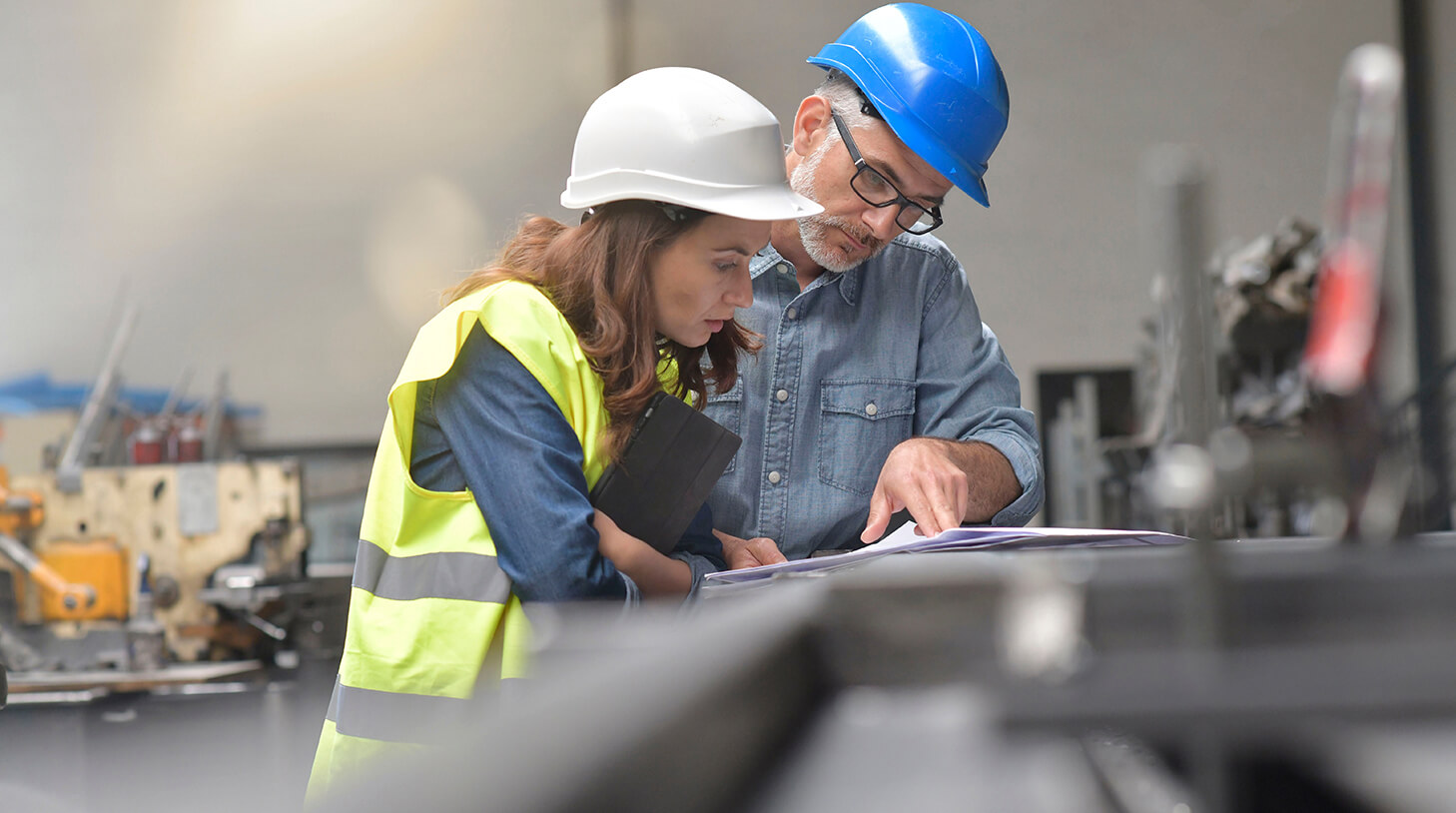
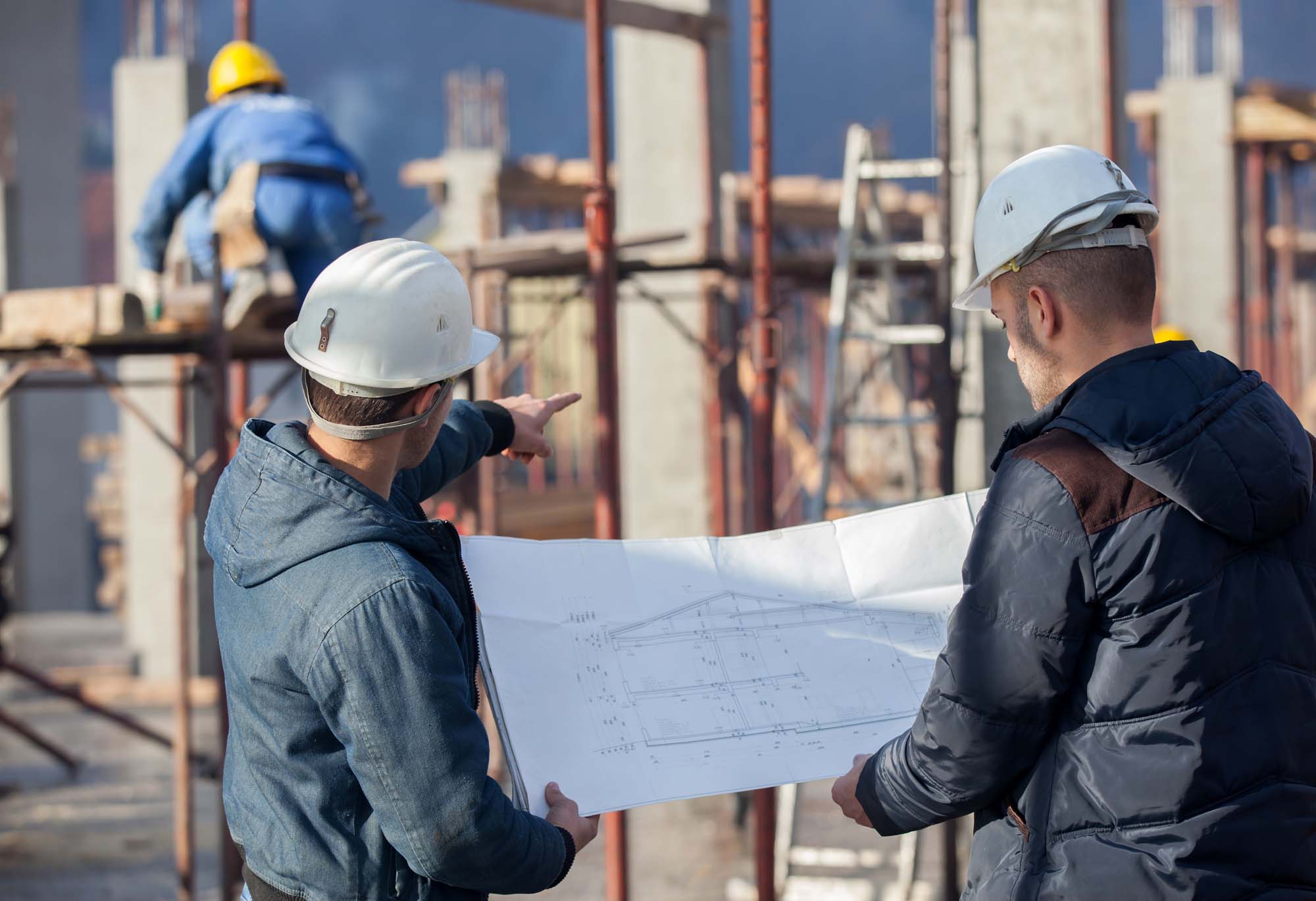
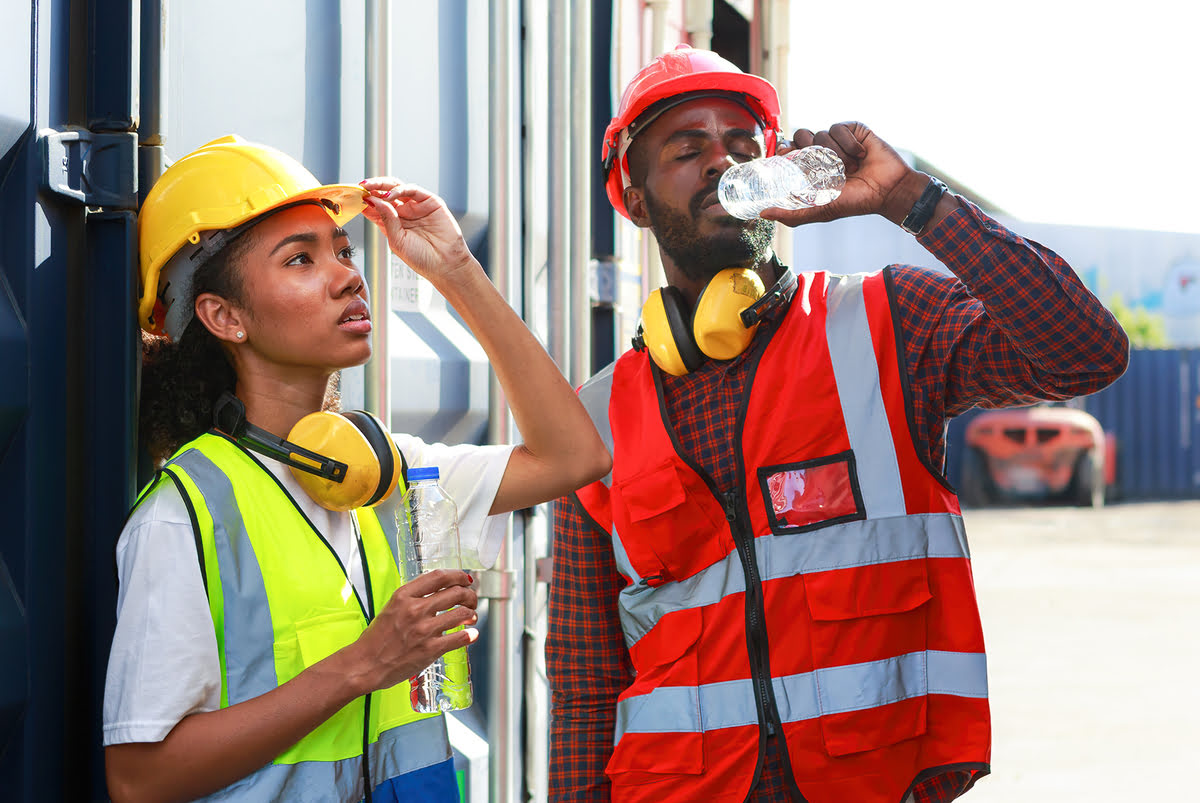

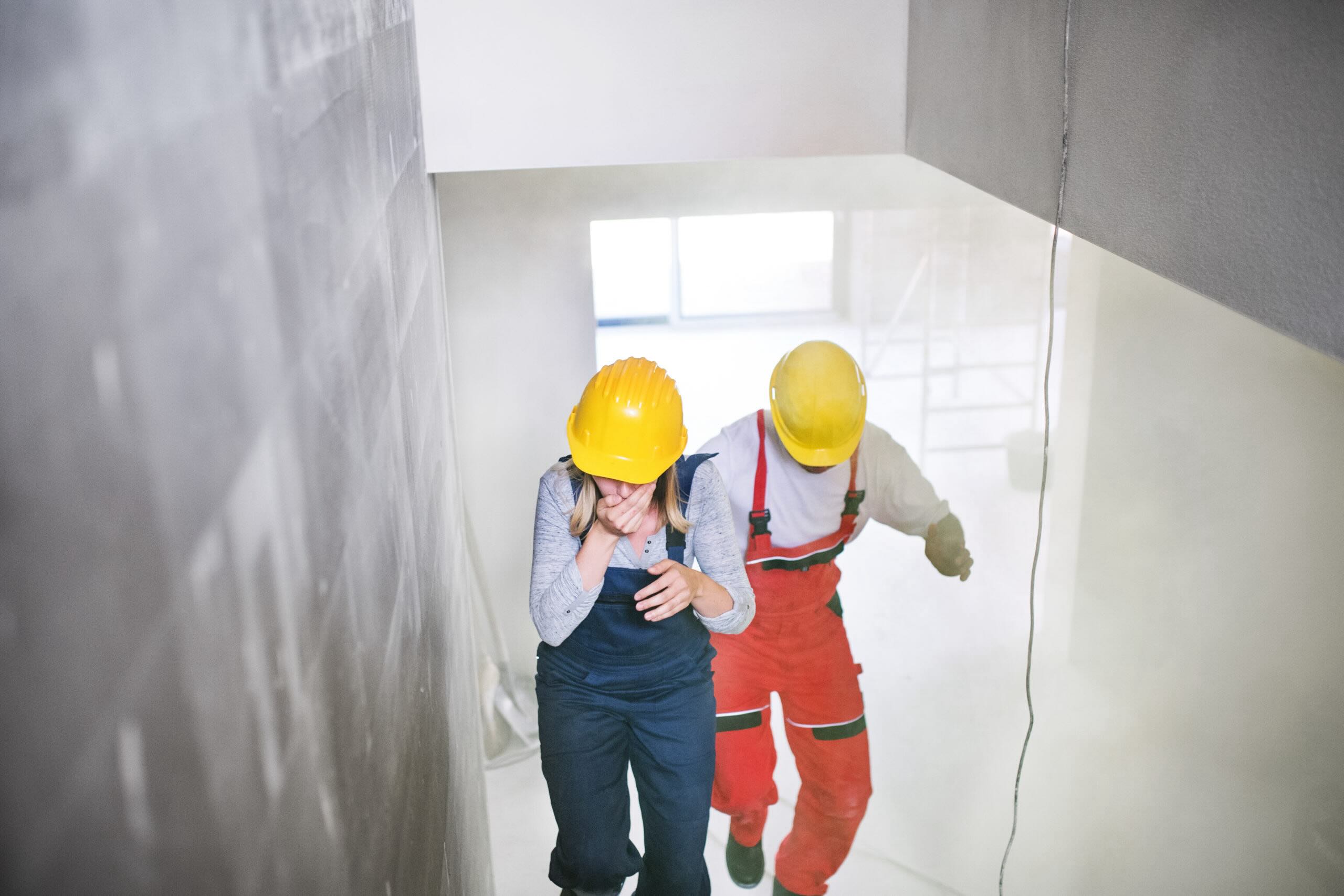
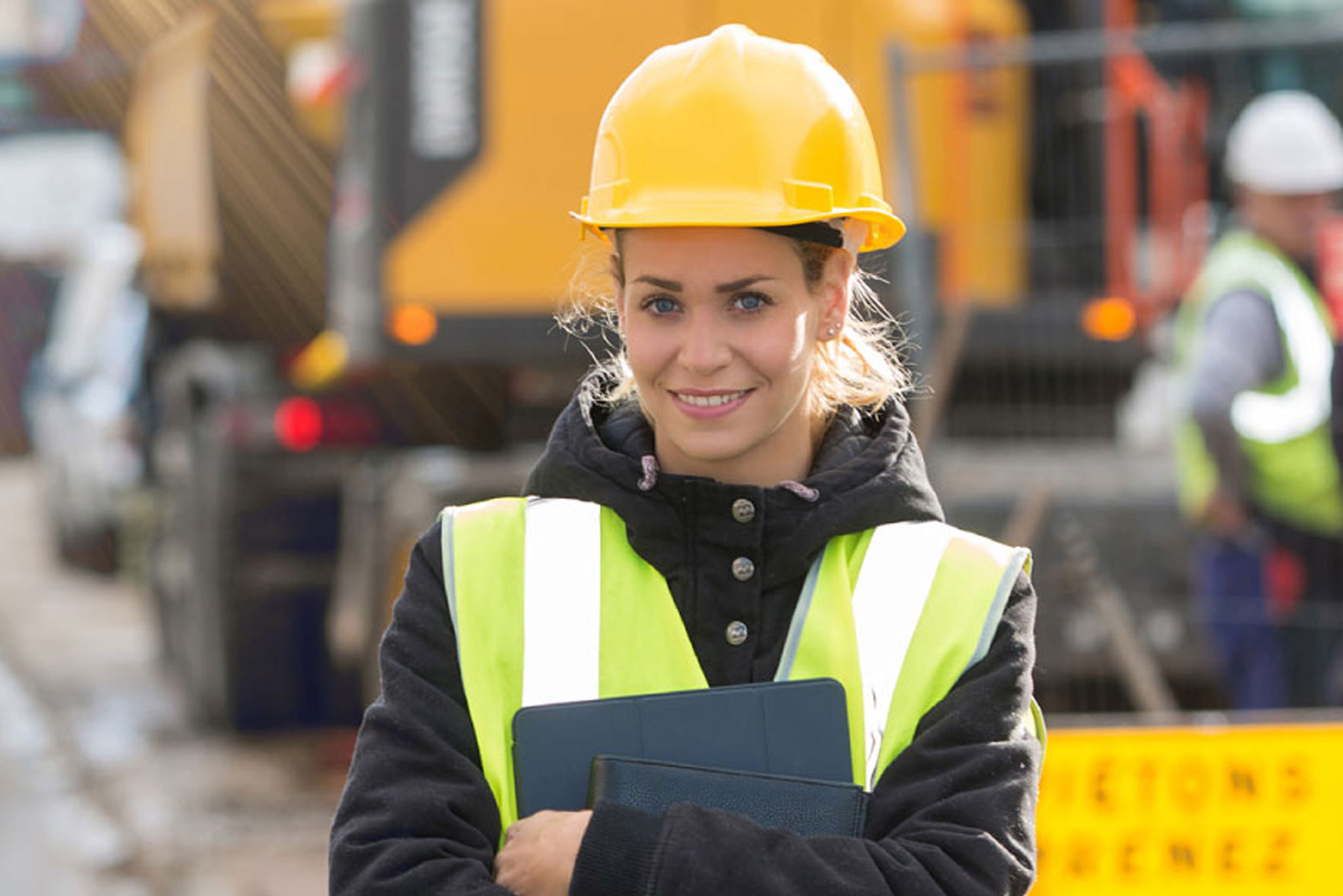
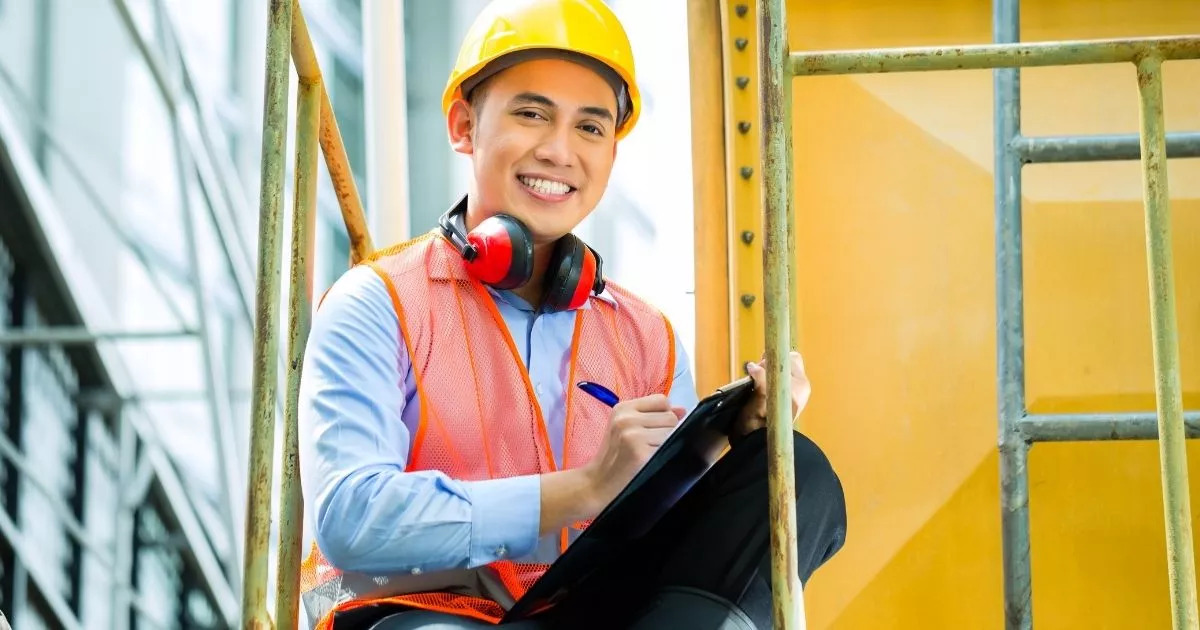

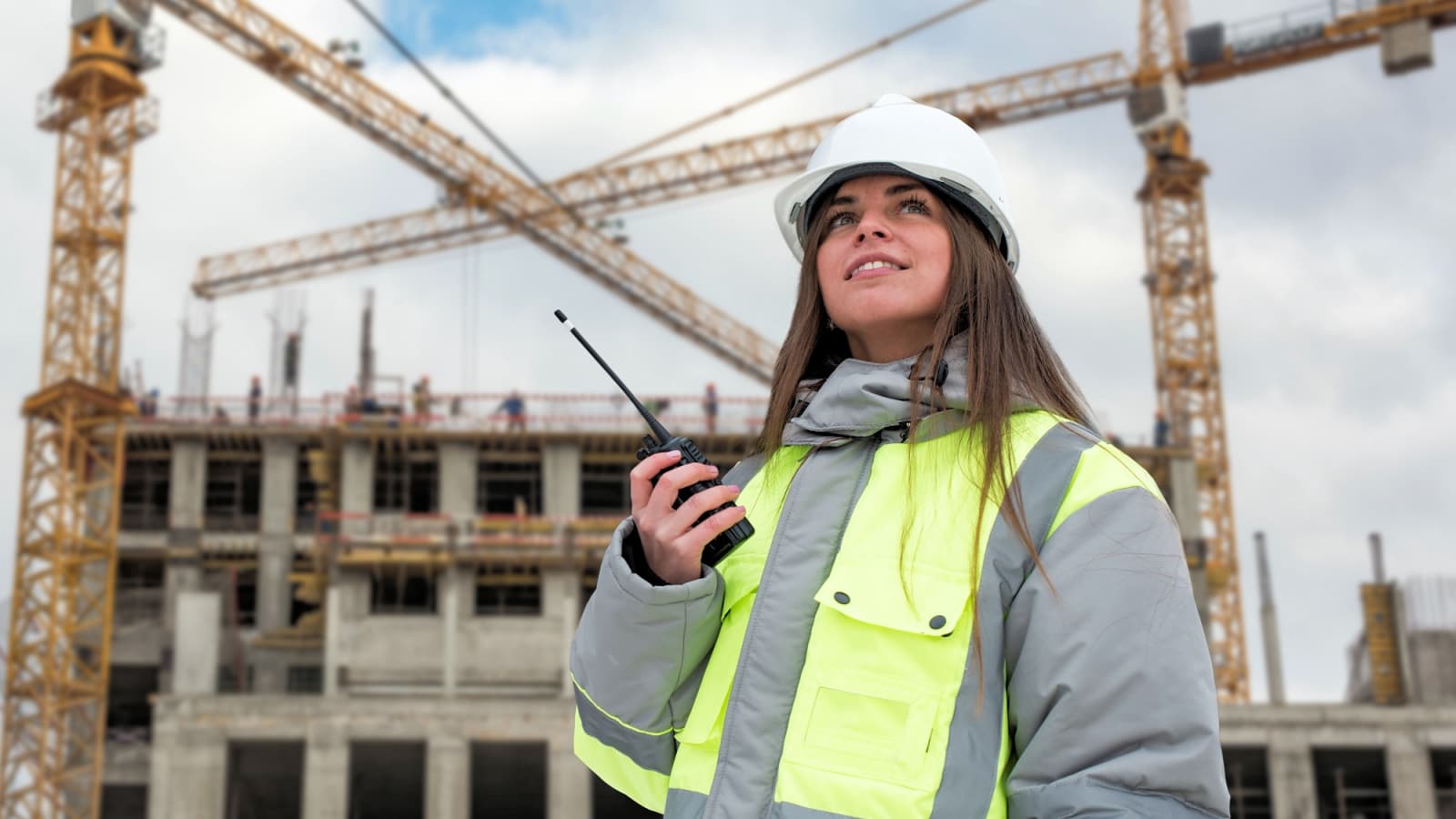
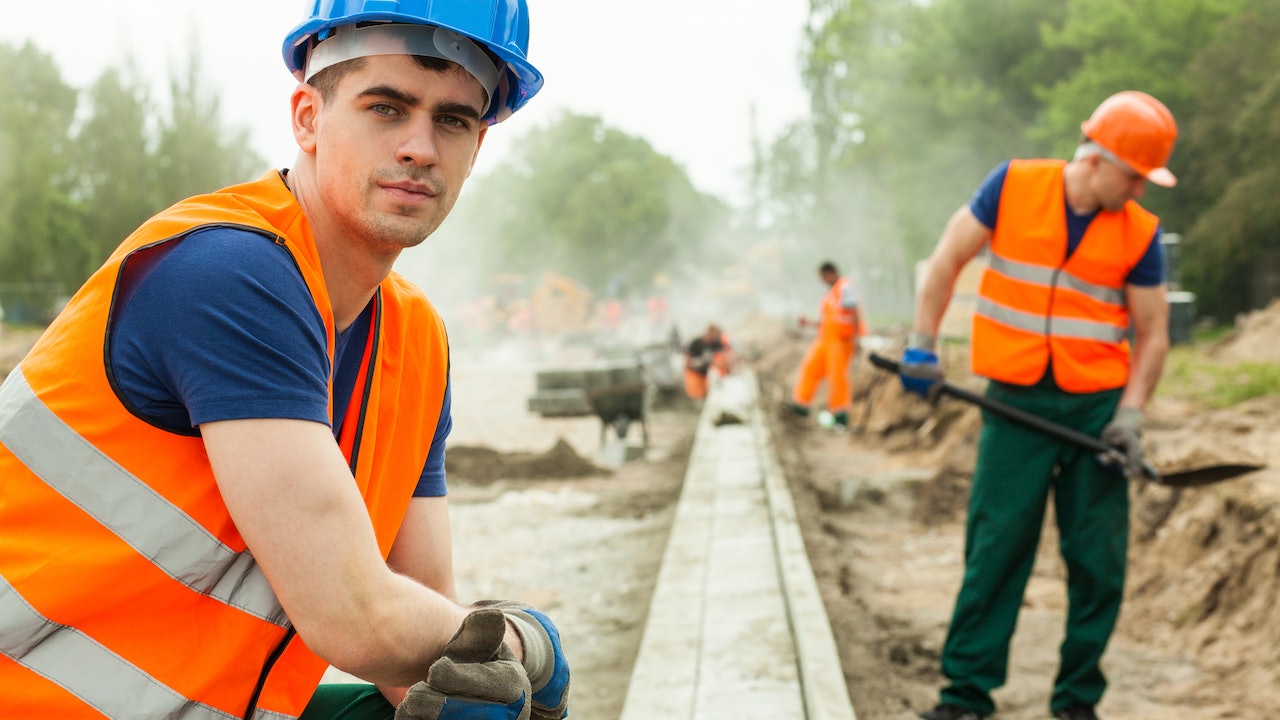

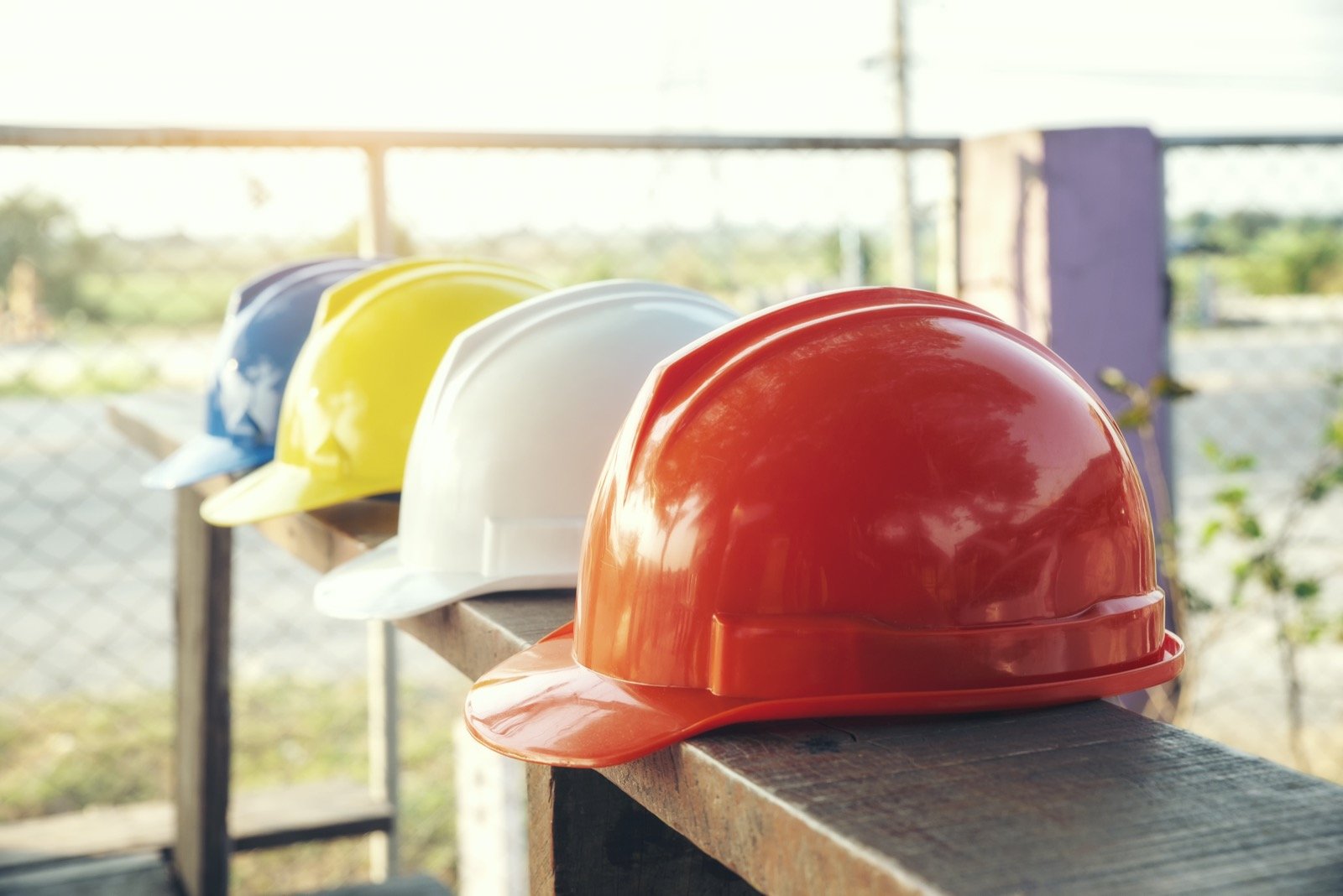
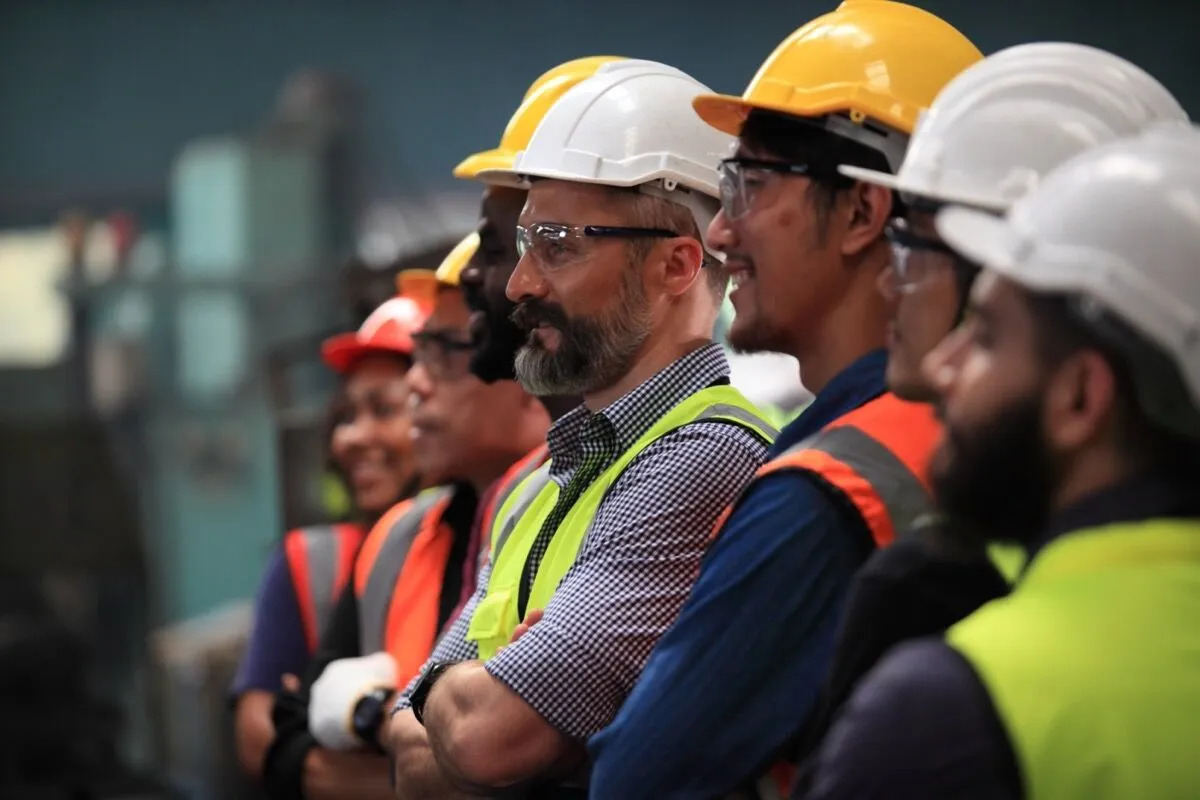

0 thoughts on “What Do Construction Workers Do When It Rains”